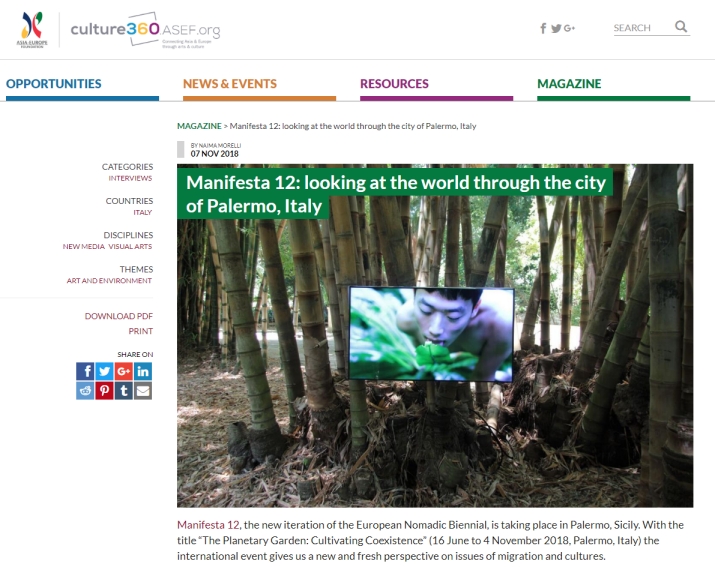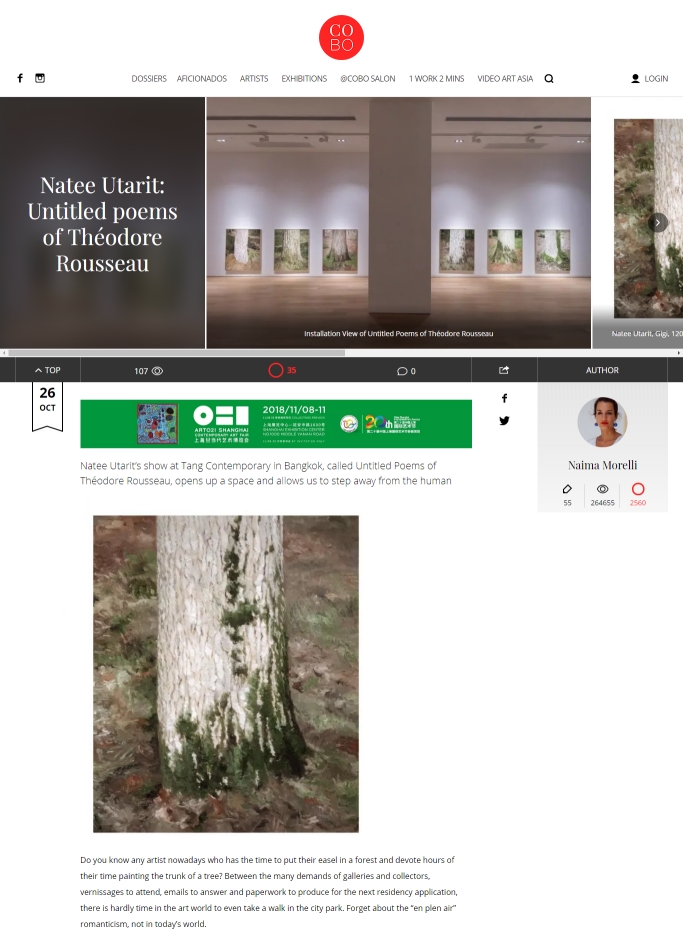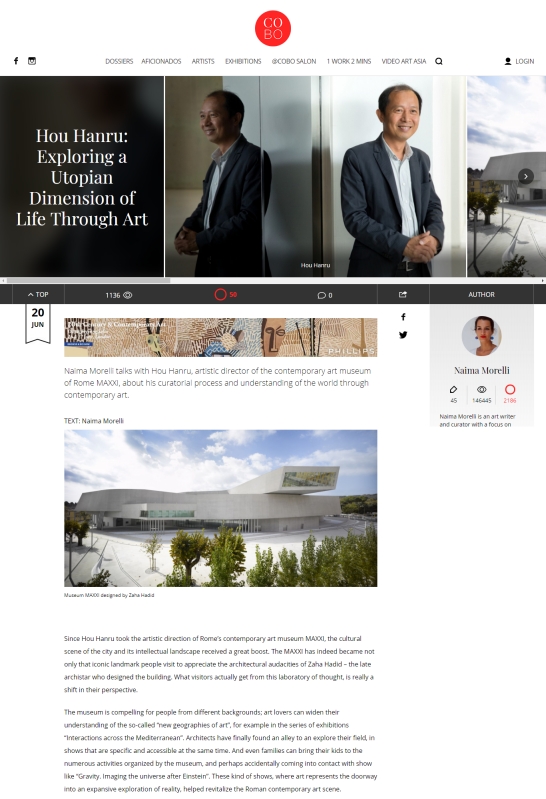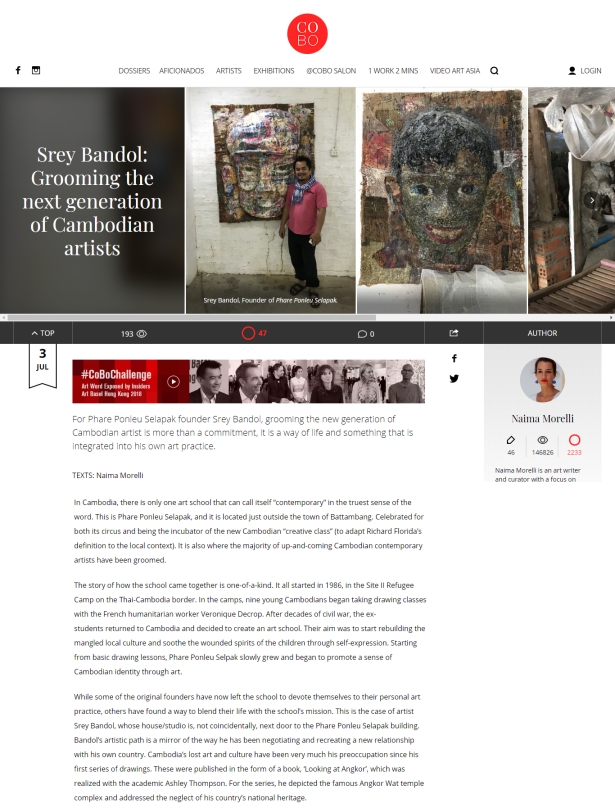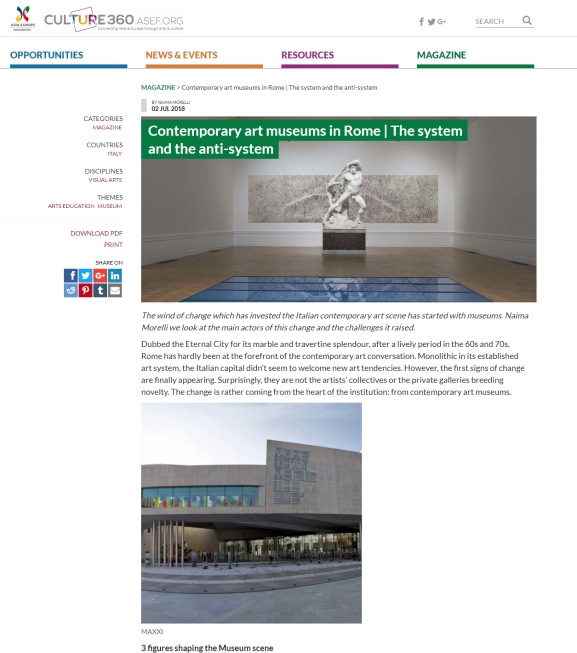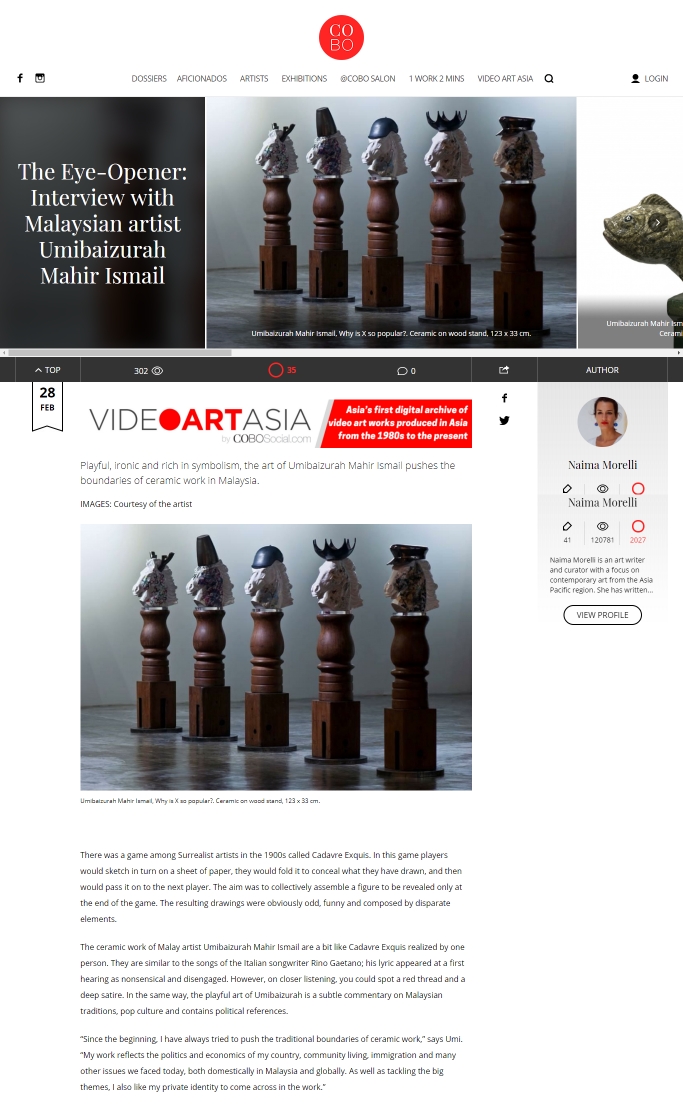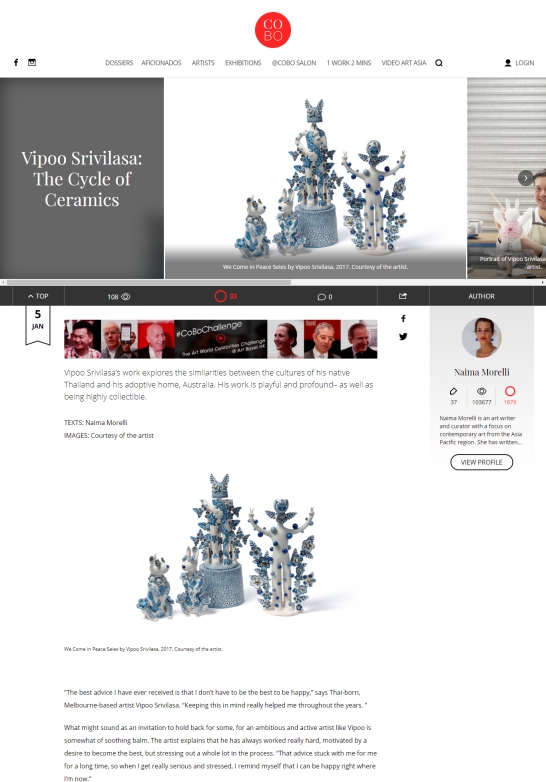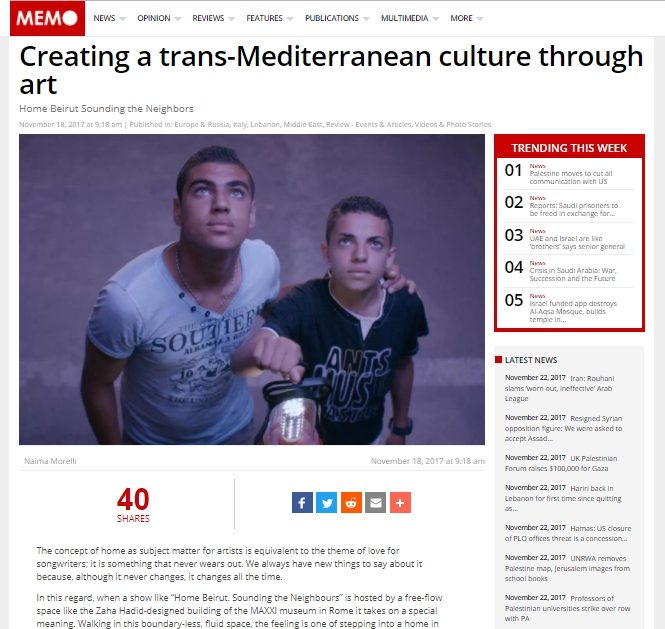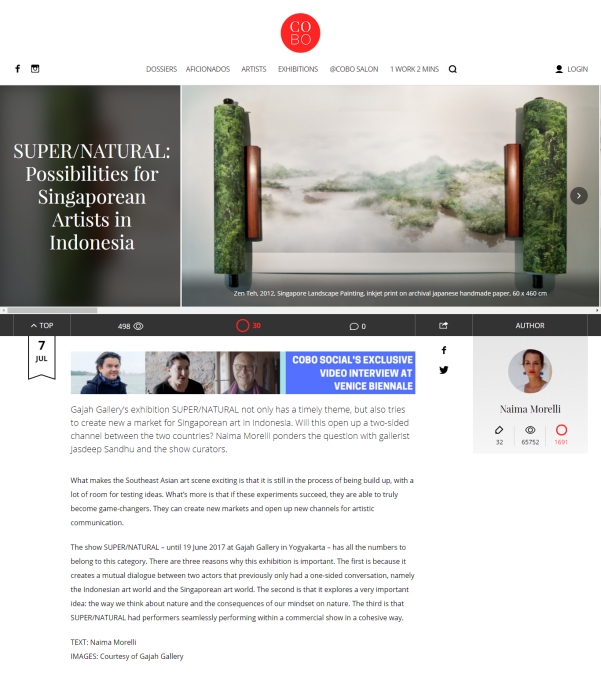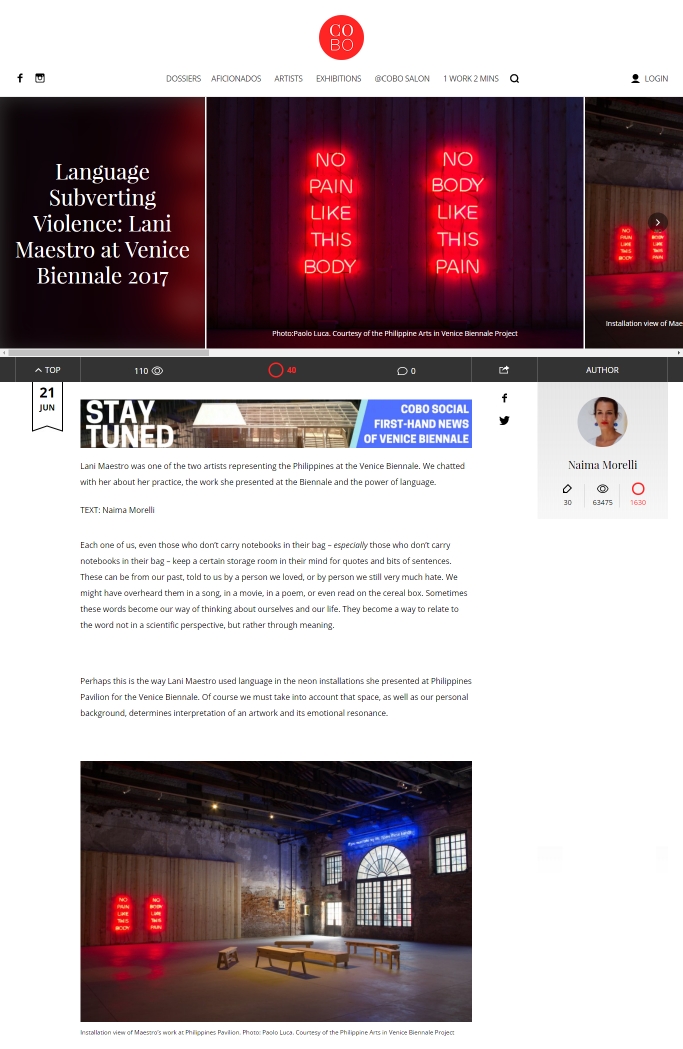
Boedi Widjaja: the idea of place
What is a place? How do you feel connected to a place? Since moving from Singapore to Indonesia at age nine, artist Boedi Widjaja kept on asking himself these questions. My first encounter with Boedi Widjaja’s work happened in Rome. It was the day after the opening night of the 2012 Premio Celeste, an international prize dedicated to showcasing young talents from all countries. The building where the award ceremony happened was interesting in itself. A former power plant, the Centrale Montemartini was a unique example of industrial archaeology turned into a museum of classical statuary. The contrast couldn’t be any starker. Among the black steel levers, timers and dark machines, white marble statues emerged. The immaculate splendour of ancient Greek and Roman bust of Dyonisus and Apollo were juxtaposed to the steamy image of progress in the industrial age.
Read More